Key Takeaways
- Vintage Tone 400 Plus is a 400-speed color negative film known for its unique vintage aesthetic.
- It offers desaturated colors and a rough grain structure, perfect for achieving a nostalgic look.
- This film is versatile, suitable for sunny conditions and low-light environments like the golden hour.
- It may not capture fine shadow details, so careful exposure is crucial for optimal results.
- Comparatively affordable, Vintage Tone 400 Plus is an excellent choice for photographers seeking a retro vibe.
Overview of Vintage Tone 400 Plus
Vintage Tone 400 Plus film brings a touch of nostalgia to your photography with its unique characteristics. This 400-speed color negative film is designed to give your photos a vintage look, reminiscent of the classic film days. The film’s charm lies in its desaturated colors and rough grain, which create an aesthetic that many photographers find irresistible.
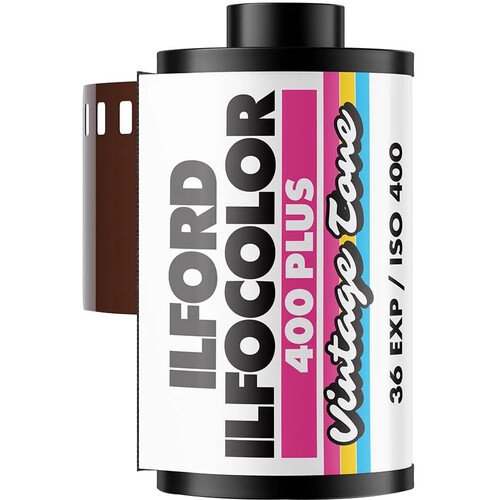
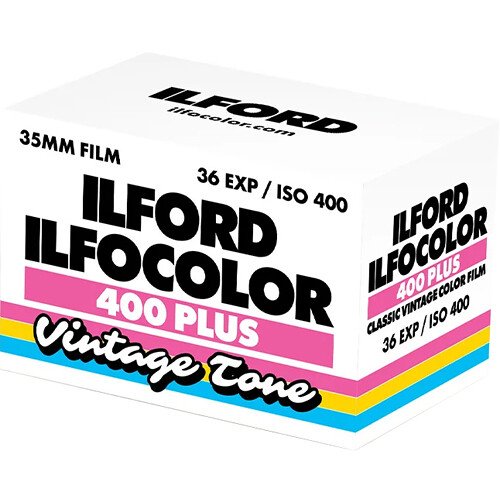
Main Features and Specifications
Understanding the features of Vintage Tone 400 Plus can help you make the most of this film. Here’s what sets it apart:
- Speed: 400 ISO, making it suitable for a wide range of lighting conditions.
- Color Palette: Desaturated, offering a muted, vintage look.
- Grain Structure: Rough, contributing to its nostalgic aesthetic.
- Versatility: Performs well in both sunny and low-light conditions, especially during golden hour.
- Scanning: Can be digitized with lab scanners, but self-digitization offers more control.
Shadow Detail
One aspect of Vintage Tone 400 Plus that photographers should be aware of is its shadow detail. This film has a tendency to lose detail in the shadows, especially in high-contrast scenes. Therefore, it’s crucial to expose correctly to avoid losing important details in darker areas of your images.
Impact on Image Quality
The impact of shadow detail on image quality cannot be understated. When shooting with Vintage Tone 400 Plus, you might notice that shadow areas can appear more muted or less defined compared to other films. This characteristic can either enhance the vintage look or become a challenge, depending on your photographic intent.
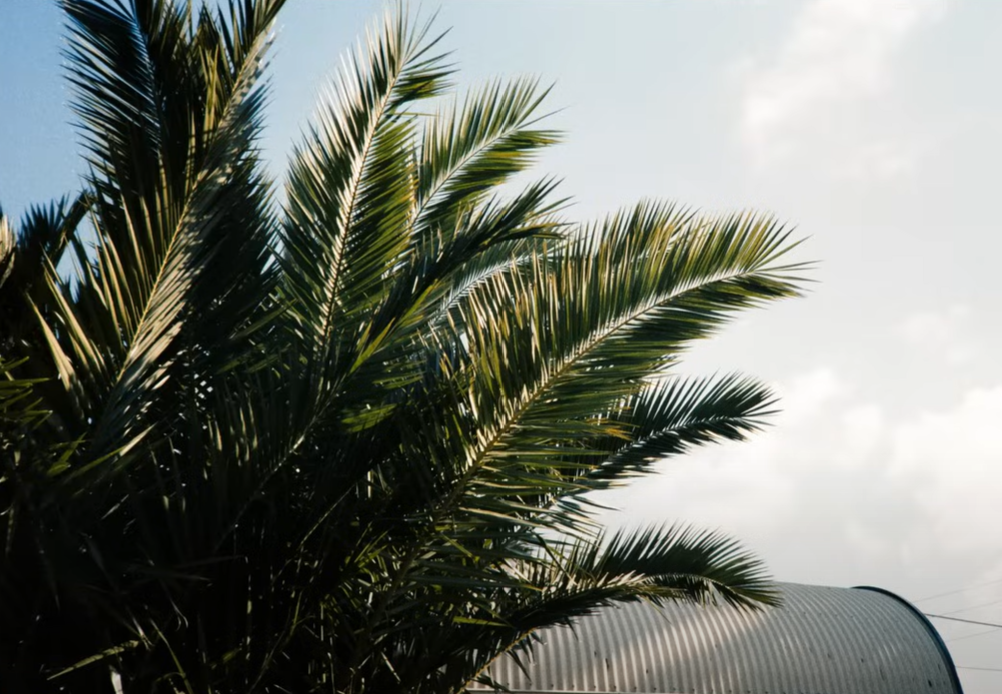
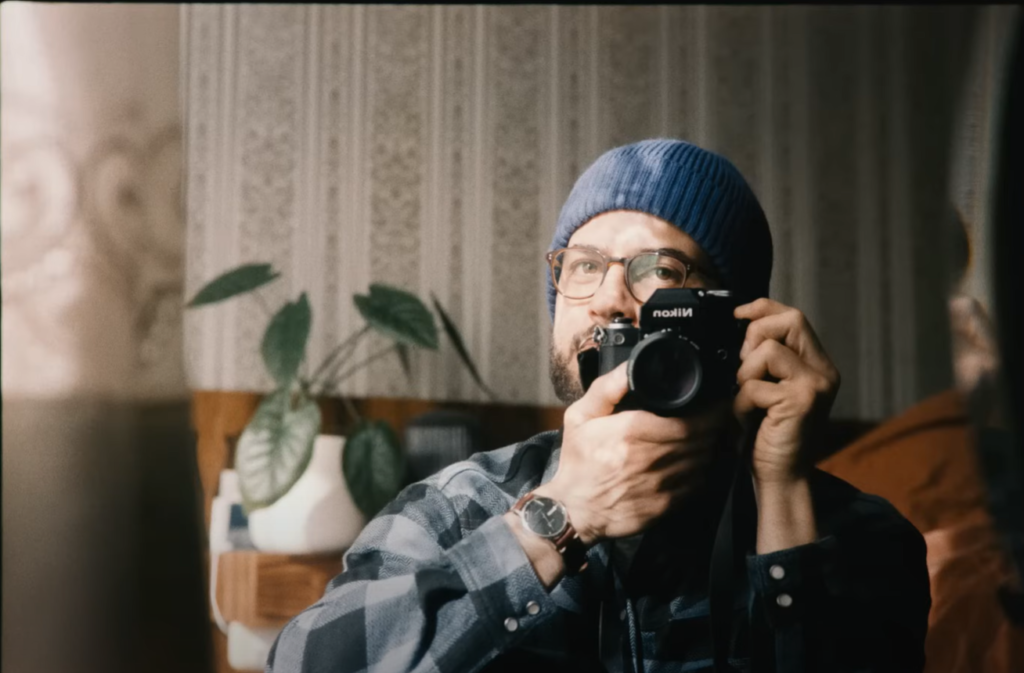
For Street Photography
The high speed of this film makes it well-suited for street photography. You can shoot in various lighting conditions without worrying about blur or excessive noise. The film’s rough grain and desaturated colors can enhance the mood of urban scenes, giving them a timeless quality.
Besides that, the film’s ability to handle different lighting situations allows photographers to move seamlessly from shadowed alleyways to sunlit streets. This versatility is vital for street photographers who must adapt quickly to changing environments.
Here are a few tips to handle high contrast effectively:
- Meter for the Midtones: This helps balance the exposure, ensuring that neither highlights nor shadows are excessively blown out.
- Use Fill Flash: In harsh sunlight, a fill flash can help illuminate shadowed areas, providing a more even exposure.
- Embrace the Contrast: Sometimes, the high contrast can work in your favor, adding drama and intensity to your images.
Get Ilford Vintage Tone 400 Plus Here:
Why Shoot This Film?
There are many reasons to choose Vintage Tone 400 Plus film for your photography projects. Its distinctive look and versatility make it an attractive option for photographers seeking to create images with character and depth. For those interested in exploring different film formats, check out this guide on popular film formats.
Vintage Aesthetic Appeal
The vintage aesthetic is one of the main draws of this film. With its desaturated colors and rough grain.
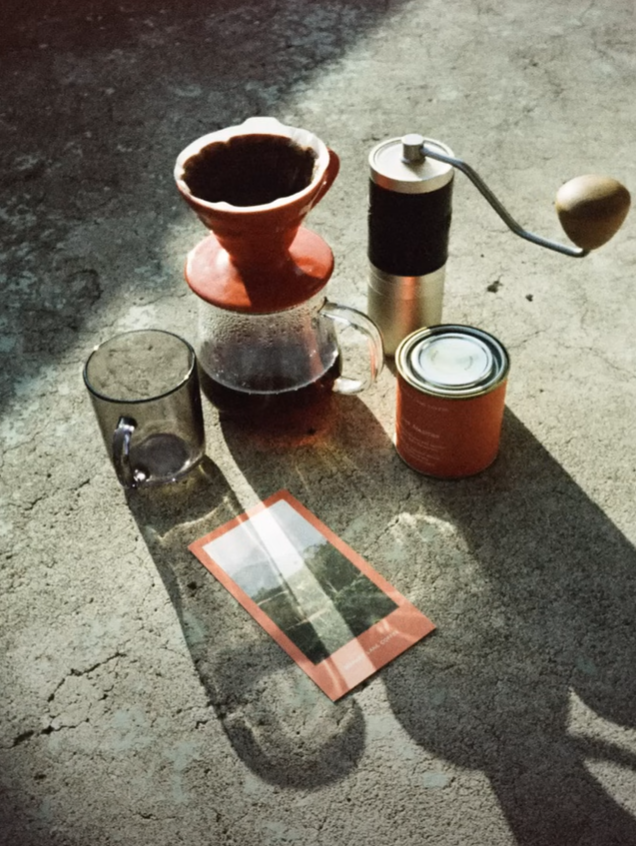
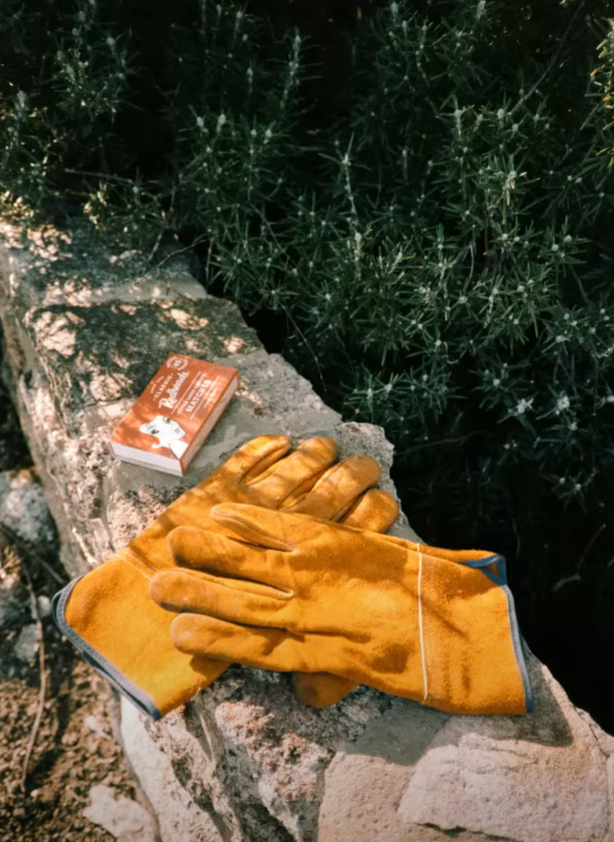
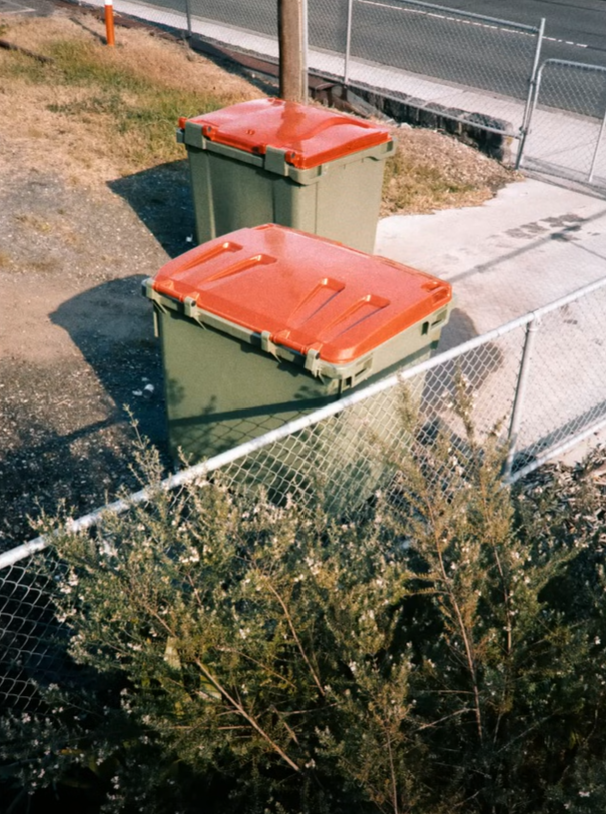
Versatility Across Different Lighting Conditions
Another reason to shoot with Vintage Tone 400 Plus is its versatility. This film performs admirably in various lighting conditions, from bright sunlight to low-light environments. Its 400-speed rating means you can capture images without worrying about excessive grain or loss of detail.
Things I Don’t Like
While Vintage Tone 400 Plus has many strengths, it’s not without its drawbacks. Some aspects of the film may not appeal to all photographers, particularly those seeking a more polished or refined look.
Grain and Texture Concerns
The film’s grain structure can be both a blessing and a curse. While it contributes to the vintage aesthetic, it can also detract from the image’s overall clarity and detail. This is especially true in low-light situations where the grain becomes more pronounced.
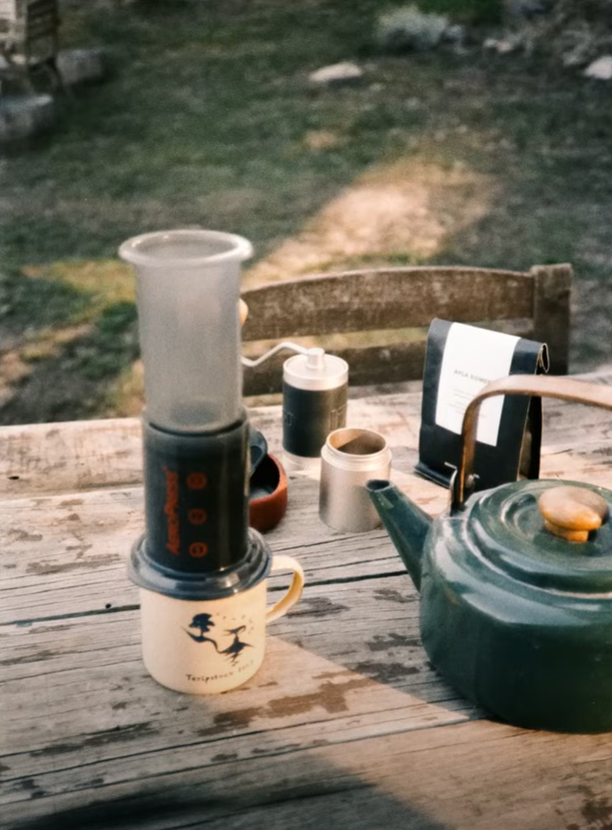
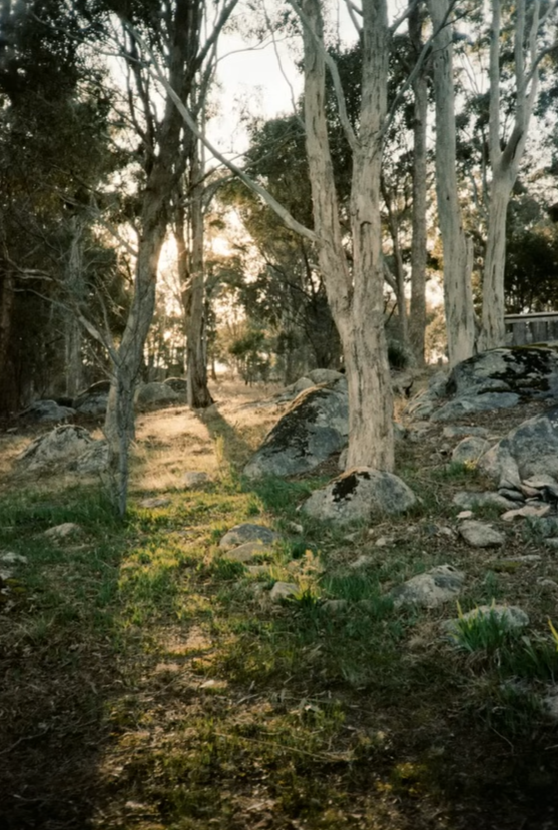
Challenges with Shadow and Color Accuracy
Another potential issue with Vintage Tone 400 Plus is its handling of shadows and color accuracy. The film tends to lose detail in shadow areas, which can be problematic for photographers who rely on shadow detail to convey depth and texture.
Additionally, the film’s desaturated colors may not accurately represent certain hues, which can be a challenge for photographers who require precise color rendition. However, for those who embrace the film’s unique characteristics, these limitations can be an opportunity to experiment and create truly distinctive images.
Get Ilford Vintage Tone 400 Plus Here:
Conclusion
Overall, Vintage Tone 400 Plus is a film that delivers on its promise of a vintage aesthetic. Its affordability, combined with its unique look, makes it an excellent choice for both amateur and professional photographers looking to explore new creative avenues. Whether you’re capturing street scenes, portraits, or landscapes, this film can add a distinctive touch to your work.
Frequently Asked Questions (FAQ)
How does Vintage Tone 400 Plus compare to Portra 400?
While both are 400-speed films, Vintage Tone 400 Plus offers a more desaturated color palette and rougher grain compared to Portra 400’s natural colors and fine grain. Portra is often preferred for portraits due to its smooth skin tones, while Vintage Tone excels in creating a vintage look with character.
Ultimately, the choice between the two depends on your desired aesthetic and the subject matter you’re photographing. For more insights on film photography, check out this guide on color film tips and techniques.
What are the optimal scanning methods for this film?
- Use a high-resolution scanner to capture the film’s details.
- Adjust the scanner’s settings to accommodate the film’s contrast and grain.
- Consider using software like SilverFast or VueScan for better control over the scanning process.
By following these methods, you can ensure that your digitized images retain the film’s unique qualities.
Is this film suitable for beginners in film photography?
Yes, Vintage Tone 400 Plus can be a great choice for beginners. Its forgiving nature and versatility allow new photographers to experiment with different styles and techniques. However, it’s essential to understand its characteristics, such as grain and shadow detail, to manage expectations and achieve the desired results. For those interested in exploring more about different film formats, check out this guide on popular film formats.
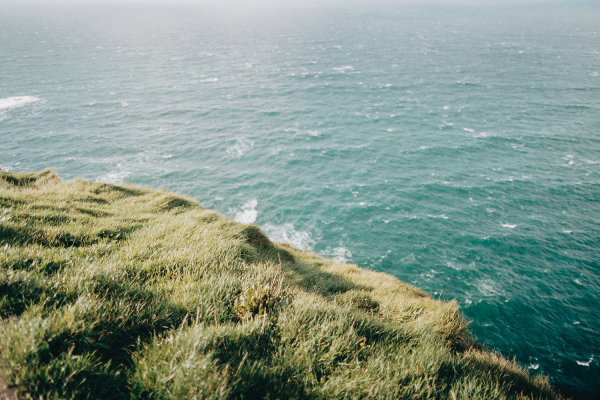



Leave a Reply